Adequate Housing is Under Attack in Gaza
Part of a series on the impact of the war on all sectors of economic life within Gaza, Anera’s immediate response and plans for the future. Other posts cover livelihoods, education, WASH, health and food production systems.
Oxfam: 70 percent of Gaza’s infrastructure has been destroyed.
OCHA: Around 69,000 housing units across Gaza are destroyed, over 290,000 housing units are damaged, and more than 500,000 people have no home to return to.
The Gaza Strip occupies a slender stretch of territory along the southeastern coastline of the Mediterranean Sea. Approximately twice the size of Washington, D.C., it houses 2.3 million Palestinians, of which 70% are internally displaced persons. Gaza is one of the most densely populated areas in the world.
Since October 7, the Israeli military has launched thousands of air bombardments in the Gaza Strip. Combined, they have the weight and power of nearly three nuclear bombs, similar to the one dropped on Hiroshima in 1945. By early January, Israel dropped 45,000 missiles and giant bombs weighing 65,000 tons on Gaza. Throughout the war, Israeli forces have deliberately targeted residential areas.
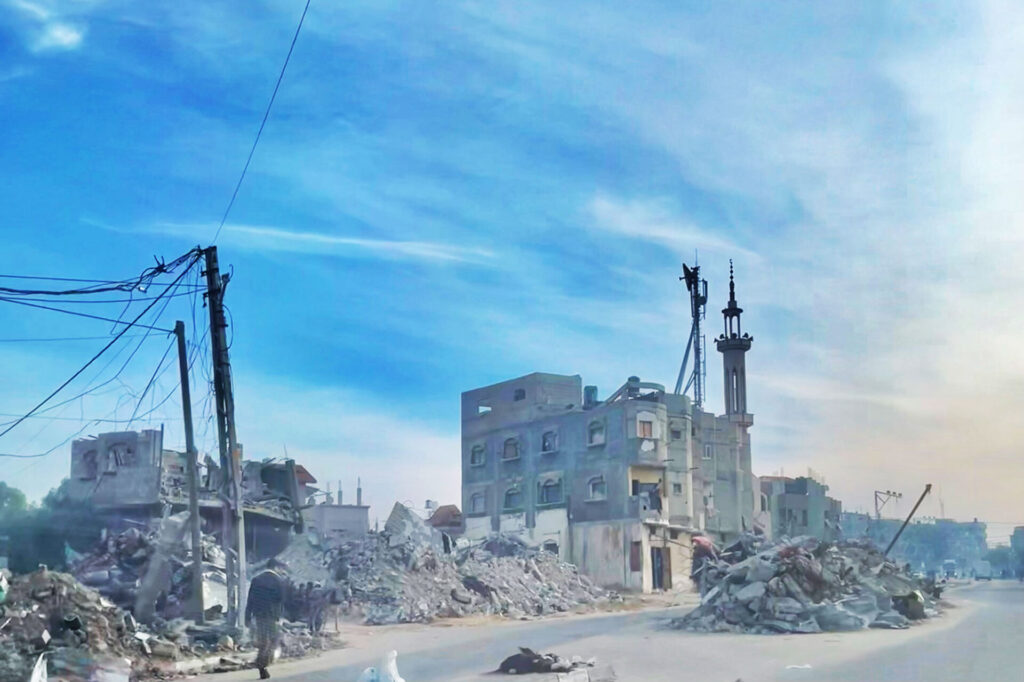

In a recent report, the UN condemned the staggering systematic attacks on civilian housing and infrastructure in Gaza. The Israeli army relentlessly bombarded civilian infrastructure like apartment buildings, hospitals and ambulances, refugee camps, schools, churches, mosques, and water and electricity structures. Attacks against these non-military targets are a grave violation of international humanitarian law.
Indiscriminate air, ground, and land attacks against civilian infrastructure in Gaza displaced 1.9 million people and pushed 1.3 million to flee to Rafah city, where they live in 65 m2. By January, the bombardment left 15 million tons of residential structure debris and even greater infrastructure debris.
The Israeli government’s evacuation orders coerced over one million people in northern Gaza – half of the population – to abruptly leave their houses and relocate to southern Gaza, where they had no access to adequate housing and humanitarian assistance.
Meanwhile, the Israeli authorities maintained a complete blockade and cut off food, water, fuel, and medicine, worsening an already dire humanitarian situation for people in northern Gaza. The Israeli military habitually attacked evacuation routes and safe zones, leaving no safe place in Gaza for civilians to take shelter.
As of February 1, the UNOSAT Comprehensive Damage Assessment in the Gaza Strip found 22,130 demolished buildings, 14,066 seriously damaged structures, and 32,950 moderately damaged buildings, for a total of 69,146 affected infrastructures. The UNOSAT preliminary assessment estimates that approximately 30% of all structures in the Gaza Strip have suffered severe damage, affecting around 93,800 housing units.
In the West Bank and East Jerusalem, the Israeli authorities’ aggression and settler violence displaced more than 4,000 Palestinians in 2023. Between December 2023 and January 2024, UNRWA documented large-scale operations in refugee camps affecting 2,500 housing units in Jenin camp and damaging over 2,100 housing units in Nour Shams and Tulkarem.
The Israeli strikes turned much of northern Gaza into rubble and pushed more than a million people into overcrowded, temporary, and informal shelters. Most of the displaced population live in makeshift shelters composed of only a few pieces of hastily assembled wood covered with plastic sheeting. These insufficient structures lack insulation from the earth or concrete ground and have been worn out by the winter weather over the past months.
The persistent land, sea, and air bombardment, coupled with the evacuation orders, displaced more than 80% of the population, the majority of whom forcibly fled to the Rafah governorate where more than 1 million people now live in 65 km2. The streets are overflowing with self-built and overcrowded structures and tents that lack essential infrastructure. The makeshift shelters cannot adequately protect the IDPs from the winter weather, heightening the risks of exposure to hypothermia and infectious diseases.
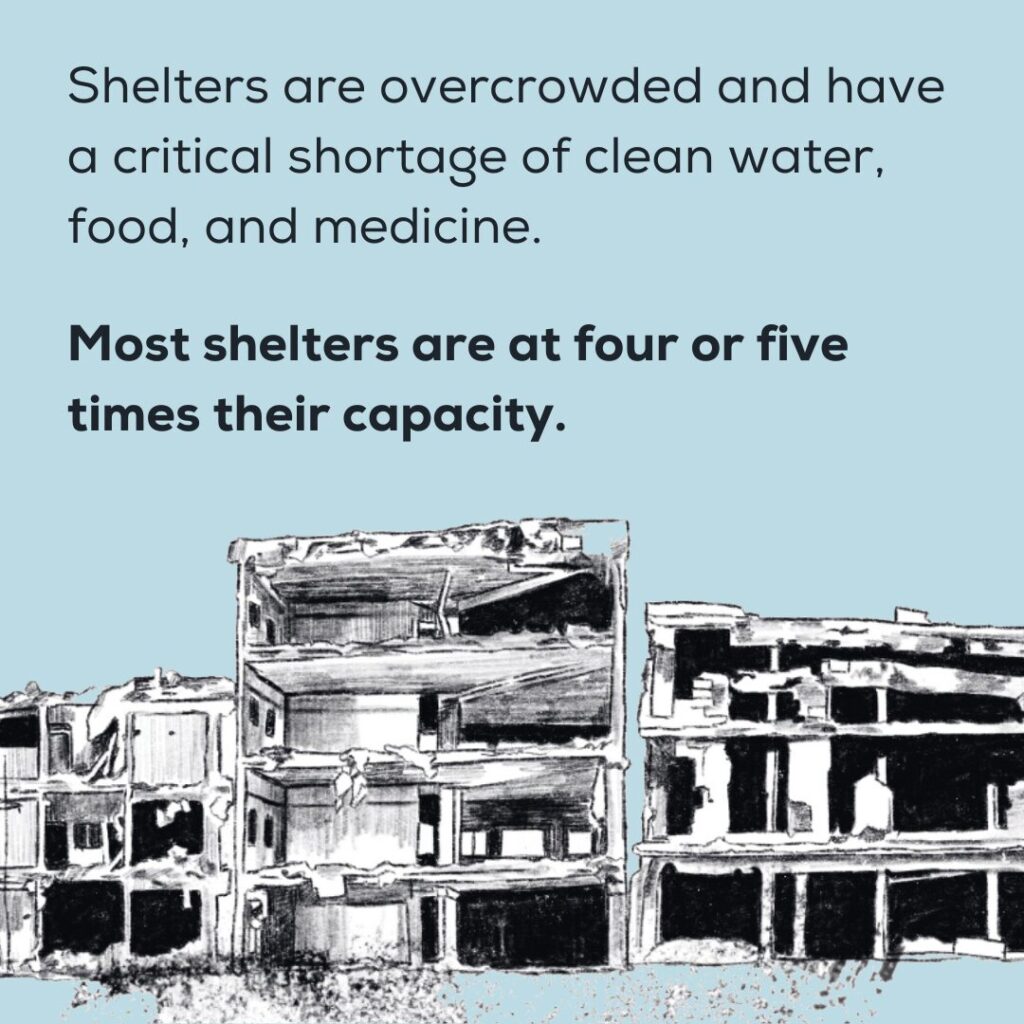

Over 1.4 million people are sheltered in 264 schools (over 70% of school buildings in Gaza), depriving 625,000 children of their education and forcing them to live in unhygienic environments with limited sanitation facilities, lack of privacy, and absence of essential equipment/furniture.
The devastation worsened as health facilities were damaged, leaving thousands without proper care. Only 120 out of 353 formal and informal IDP shelters have access to medical care. And hostilities have damaged 155 health facilities in Gaza and interrupted the operation of 32 hospitals and 53 health centers, denying thousands the right to seek refuge and shelter in what should be safe harbors.
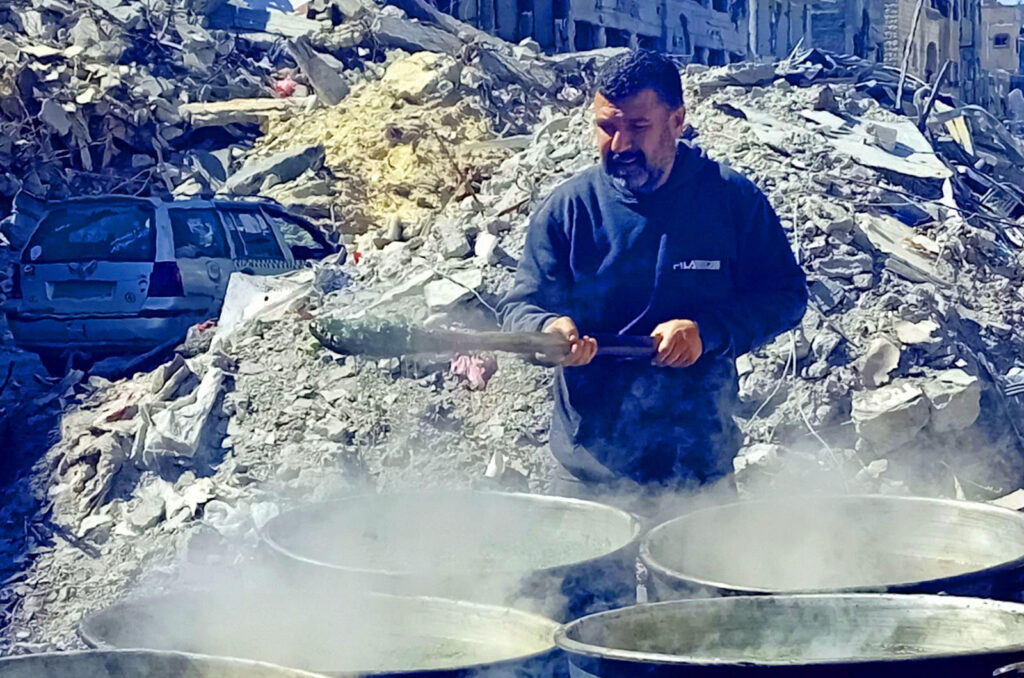

The humanitarian crisis in Gaza is compounded by the limited ability of international aid organizations to meet shelter needs. This challenge is multifaceted, encompassing issues such as delays in aid delivery caused by a shortage of trucks and bureaucratic hurdles in procuring assistance.
Inflated prices of shelter materials, disruptions in exports, Israeli government restrictions on essential shelter items, security concerns and restricted access to displaced populations all contribute to the complexity of the situation. Moreover, frequent displacements lead to aid loss, while the makeshift nature of shelters results in recurrent damage to temporary structures like tents.
Anera’s Rapid Response to Food, Water, and Shelter Needs in Gaza
Anera has sent 363 trucks filled with food, water, cooking equipment, and medication shipments to Gaza. Since October 7, the organization has provided more than 21 million meals to the displaced population in Gaza, including food parcels, vegetable baskets, hot meals, bags of flour, and flatbread. Anera also distributed 185,244 bottles of water to displaced families and 33,238 hygiene kits, including items to maintain personal hygiene for displaced households in shelters. Additionally, Anera has distributed 3,344 durable tarps for tents to protect families from rain, 25,835 blankets and 3,694 mattresses to IDPs residing in shelters.
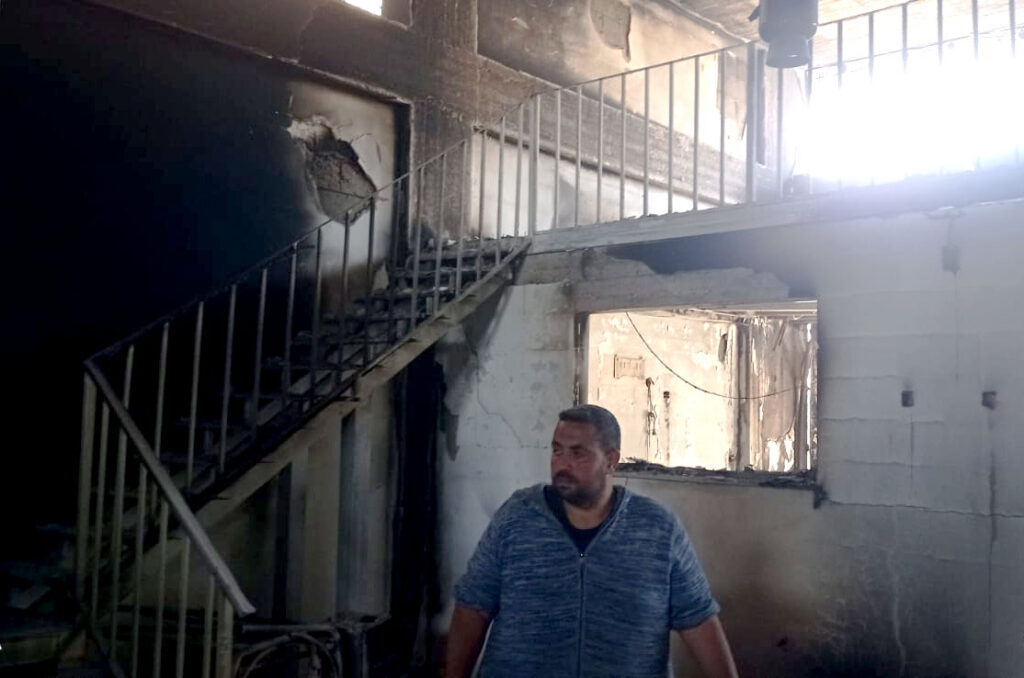

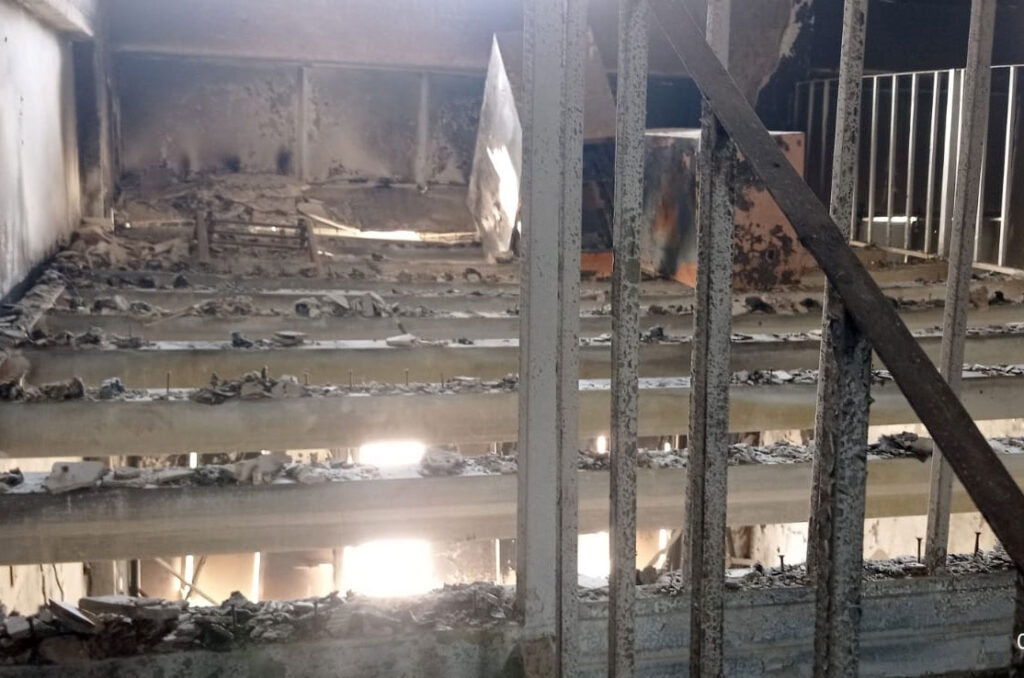

Anera’s One-Year Response in Gaza’s Shelter Sector
In the first year of rehabilitation, Anera will continue to provide shelter materials to the displaced population. Anera will collaborate closely with other leading international agencies and NGOs to deliver the needed materials in Gaza.
The organization is allocating $1,650,000 for its shelter interventions in Gaza. This cost includes both the procurement and delivery fees for 1,000 tents and 1,000 caravans. The tents are a shorter-term solution that are easier to transport and will be immediately provided. Caravans are simple shelters made of metal that are more logistically difficult to transport, and Anera will provide shortly them after the tents.
OUR BLOG
Related
Part of a series on the impact of the war on all sectors of economic life within Gaza, Anera’s immediate response and plans for the future. Other posts cover housing, education, WASH, health and food production systems. Livelihood Recovery In Gaza, 57 years of occupation and…
InterAction and 50 Member CEOs, some of whom have organizations that work in Gaza, urge President Biden to take decisive and actionable steps to alleviate the humanitarian crisis in Gaza. Detailed within this letter are specific steps and commitments that…


